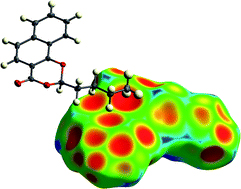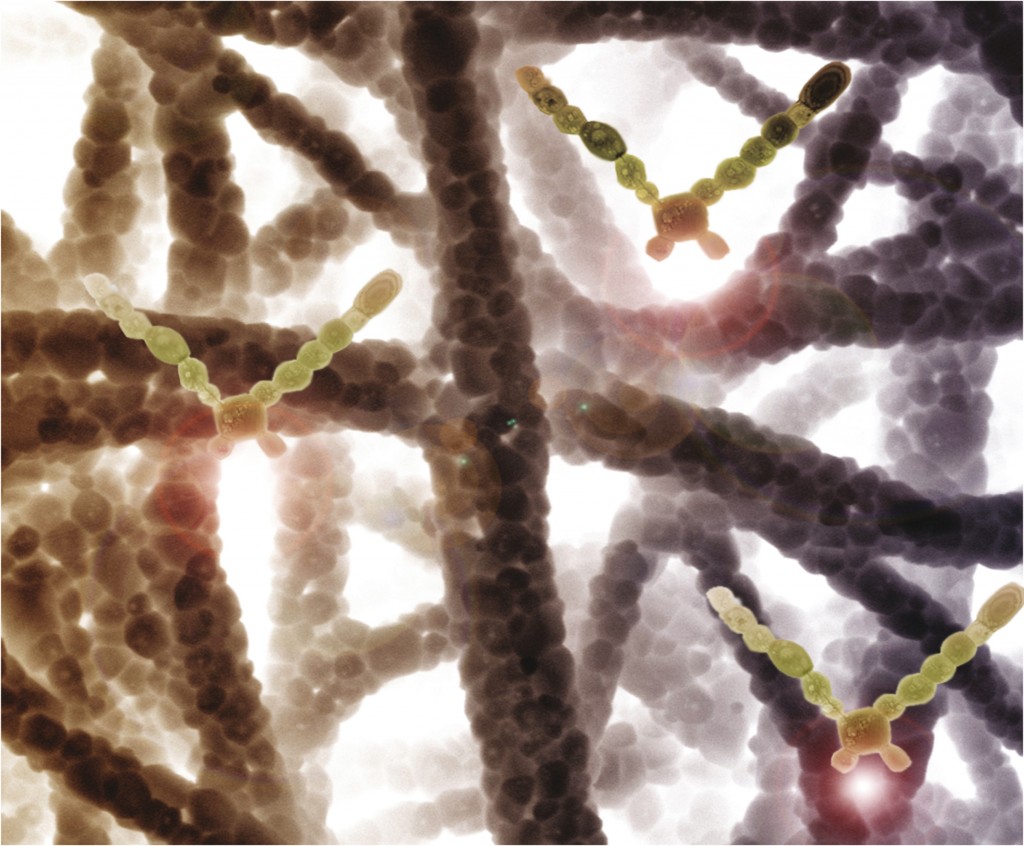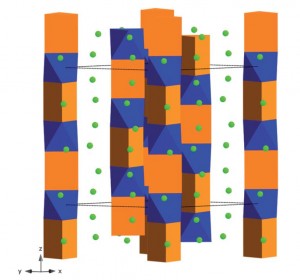 Computational inorganic chemistry has been providing significant insight into understanding chemical interactions and properties for some time now and the fruits of this labour are likely to become more in-depth and frequent as technologies advance. Simon Grabowsky et al. have been investigating the crystal packing in a series of naphthodioxanes which they systematically modified to possess larger R-groups and characterised the crystal structures of the materials at 100K.
Computational inorganic chemistry has been providing significant insight into understanding chemical interactions and properties for some time now and the fruits of this labour are likely to become more in-depth and frequent as technologies advance. Simon Grabowsky et al. have been investigating the crystal packing in a series of naphthodioxanes which they systematically modified to possess larger R-groups and characterised the crystal structures of the materials at 100K.
The team also performed Hirshfeld surface analysis (a definition of molecular boundaries and intermolecular interactions) on their series of compounds and were able to correlate the surface analysis information with the crystal melting points. The team used molecules that don’t contain the traditional H-bond donor functional groups such as N-H and O-H so they were able to distinguish between the effects of different types of weaker interactions.
You can read the full details of this insightful investigation by accessing the full paper which is free for 4 weeks.
The Dalton Transactions themed issue ‘Computational chemistry of inorganic systems’ might also be of interest!
Crystal packing in the 2-R,4-oxo-[1,3-a/b]-naphthodioxanes – Hirshfeld surface analysis and melting point correlation
Simon Grabowsky, Pamela M. Dean, Brian W. Skelton, Alexandre N. Sobolev, Mark A. Spackman and Allan H. White
CrystEngComm, 2012, Advance Article
DOI: 10.1039/C2CE06393J
















